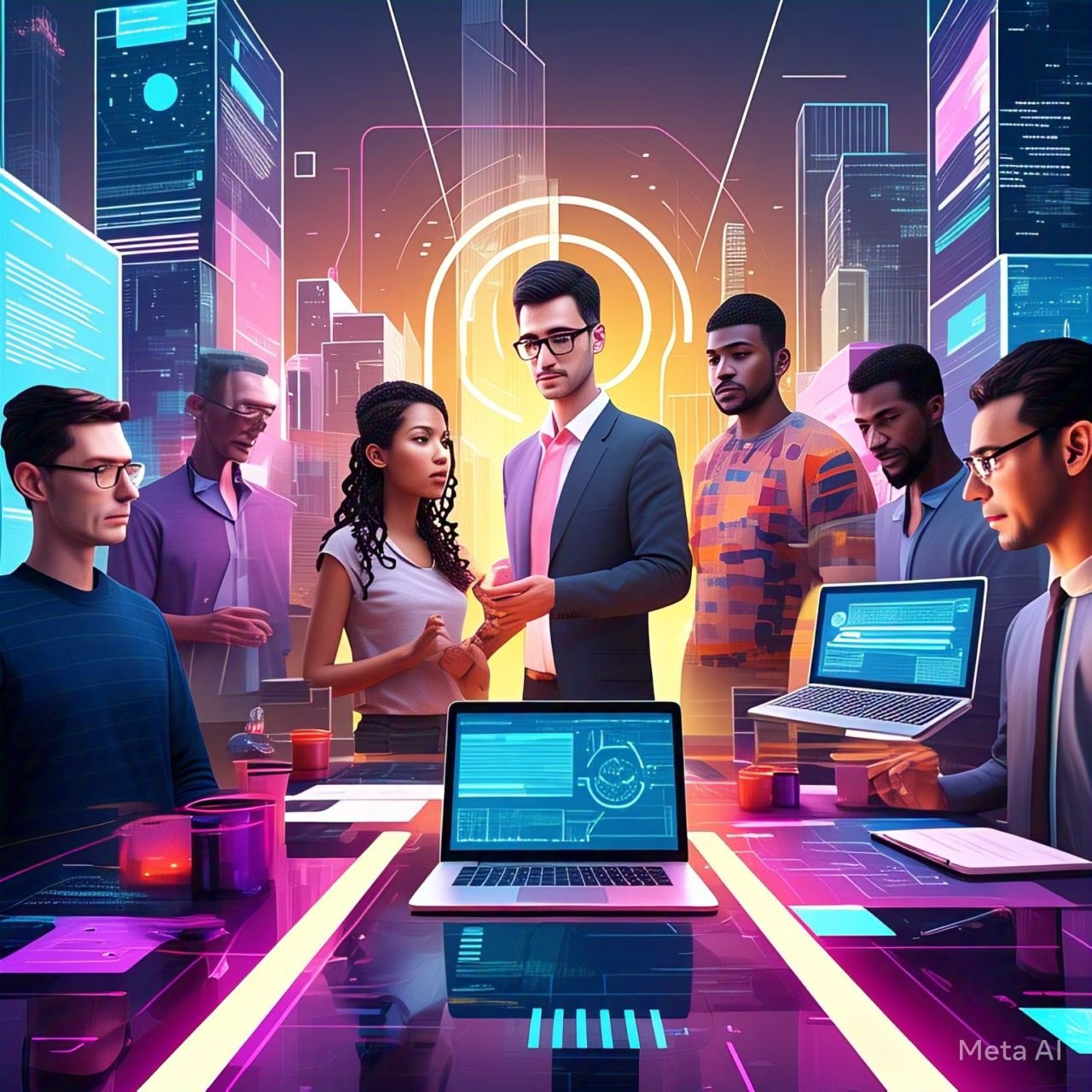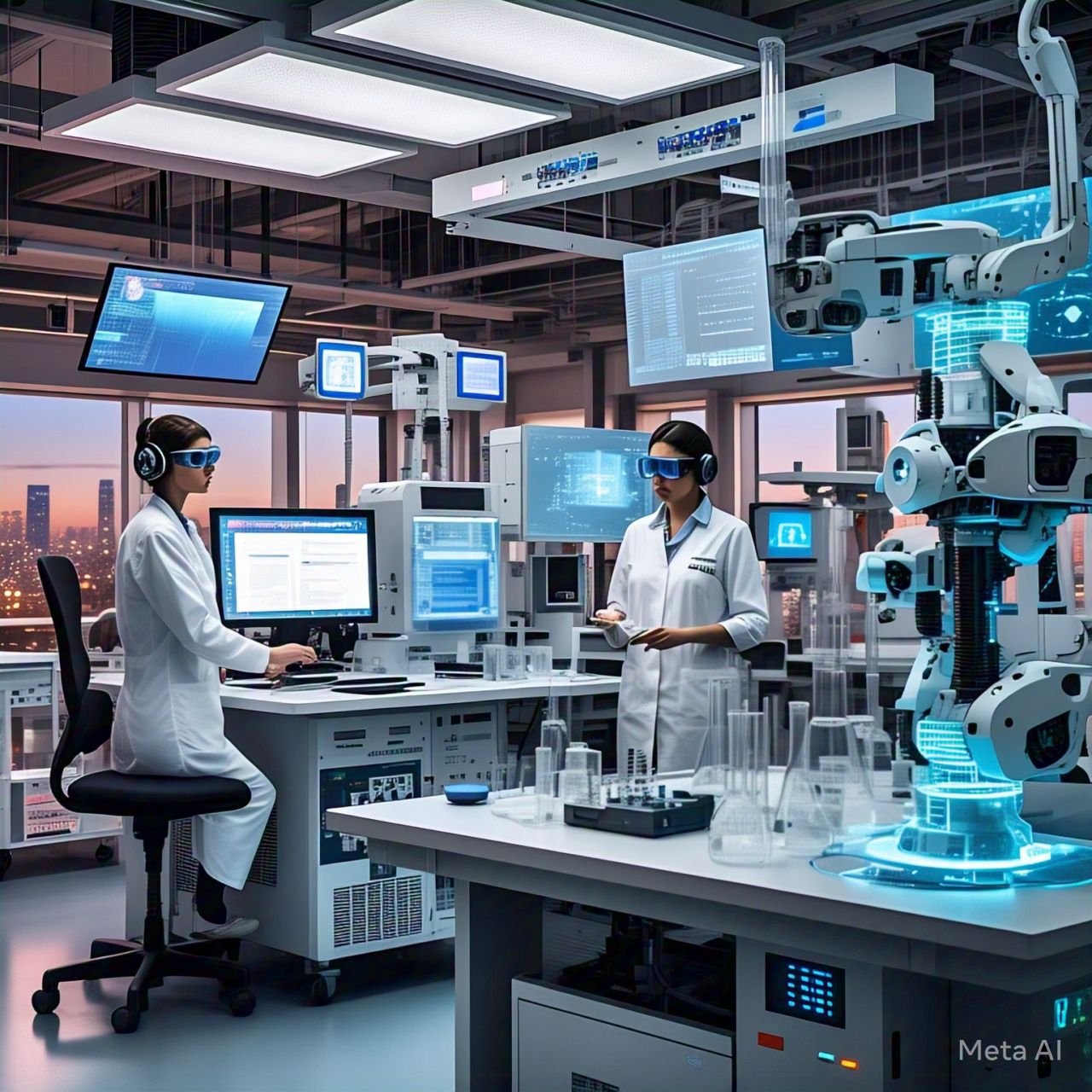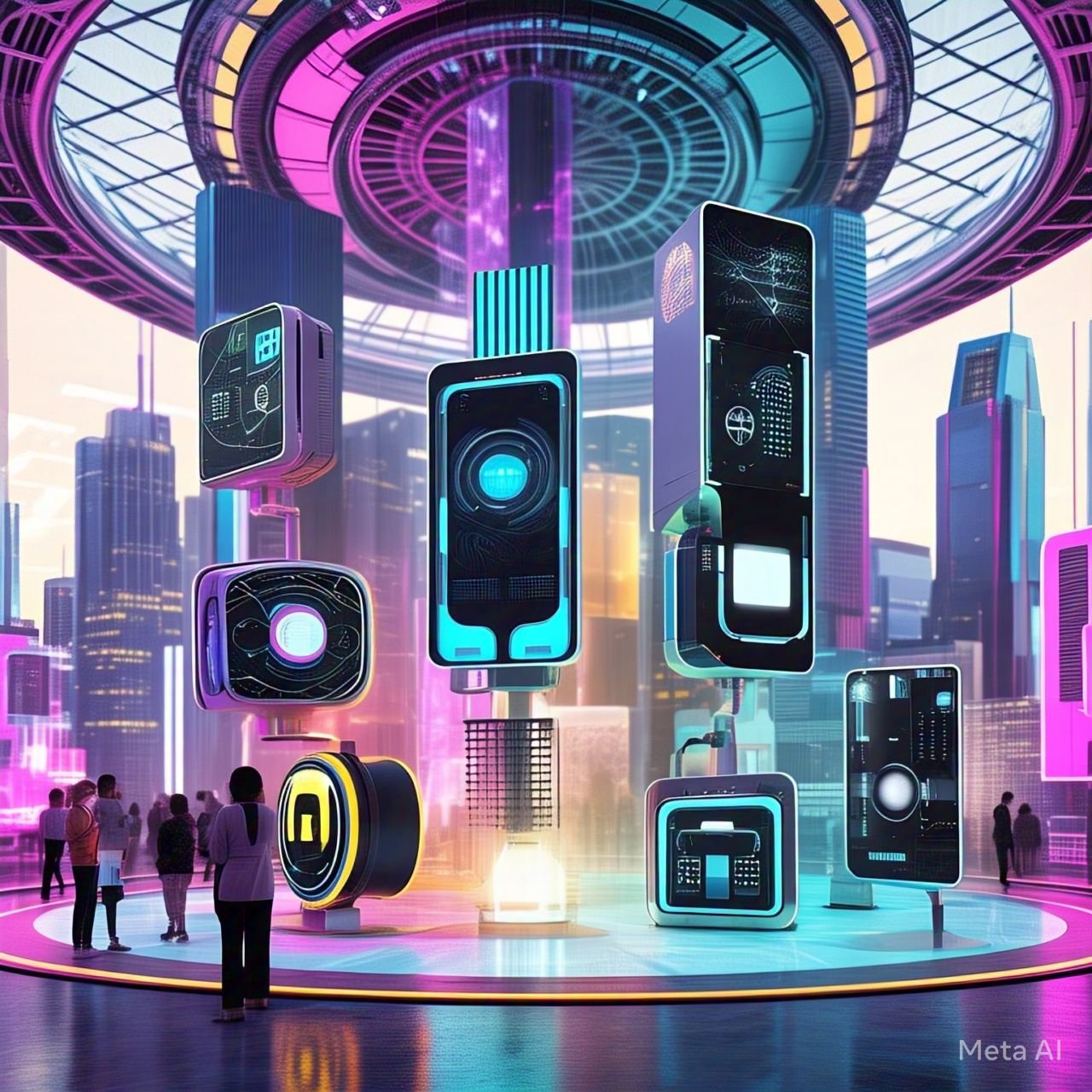How 5G is Changing the World

Outline
H1: Introduction
- The global rollout of 5G
- Why 5G is more than just faster internet
H2: What is 5G?
- H3: Basic Definition
- H3: How it differs from 4G
- H3: Key features: Speed, latency, bandwidth
H2: Revolutionizing Communication
- H3: Real-time video calling without lag
- H3: Enhanced mobile experiences
- H3: Smoother streaming and downloads
H2: Empowering Smart Cities
- H3: Traffic management and autonomous cars
- H3: Smart infrastructure
- H3: Energy efficiency
H2: Advancements in Healthcare
- H3: Remote surgeries and telemedicine
- H3: Real-time data for patient monitoring
- H3: Connected health devices
H2: Transforming Business and Industry
- H3: Industrial automation and IoT
- H3: Remote work and collaboration
- H3: AR/VR integration in training
H2: Changing the Entertainment Landscape
- H3: Augmented and virtual reality
- H3: Cloud gaming without lag
- H3: Personalized content delivery
H2: Education without Borders
- H3: Interactive online classes
- H3: Immersive learning environments
- H3: Access to global resources
H2: Boosting Agriculture
- H3: Precision farming with IoT
- H3: Smart sensors and automated irrigation
- H3: Predictive analytics in crop management
H2: Challenges and Concerns
- H3: Infrastructure costs
- H3: Privacy and cybersecurity
- H3: Digital divide
H1: Conclusion
H2: FAQs
- What makes 5G better than 4G?
- How does 5G impact healthcare?
- Is 5G available everywhere?
- What industries benefit most from 5G?
- Are there risks with 5G technology?
How 5G is Changing the World
Introduction
If you think 5G is just about faster downloads, think again. This next-gen wireless technology is transforming every aspect of our lives—from how we communicate and work to how we heal and grow food. 5G is setting the stage for a smarter, more connected, and more efficient world. Let’s dive into exactly how it’s making that happen.
What is 5G?
Basic Definition
5G stands for the fifth generation of mobile network technology. It’s the latest upgrade to the cellular network system, succeeding 4G LTE.
How It Differs from 4G
While 4G brought us mobile streaming and decent internet on the go, 5G kicks it into high gear. We’re talking about speeds up to 100x faster, significantly lower latency (aka delay), and the ability to connect many more devices at once without any slowdowns.
Key Features: Speed, Latency, Bandwidth
- Speed: You can download an HD movie in seconds.
- Latency: Nearly zero lag, which is crucial for real-time applications.
- Bandwidth: Supports tons of devices simultaneously—great for crowded cities or smart homes.
Revolutionizing Communication
Real-Time Video Calling Without Lag
Remember awkward Zoom calls that froze every few seconds? 5G minimizes lag and buffering, making virtual communication smoother than ever.
Enhanced Mobile Experiences
From scrolling social media to using data-heavy apps, everything feels lightning fast and seamless.
Smoother Streaming and Downloads
No more waiting for videos to buffer or apps to update—5G handles it all in a blink.
Empowering Smart Cities
Traffic Management and Autonomous Cars
5G enables real-time communication between vehicles and infrastructure. Think traffic lights that change based on real-time flow, and self-driving cars that talk to each other to avoid collisions.
Smart Infrastructure
Cities can now deploy smart lighting, waste management, and surveillance systems that respond intelligently to their surroundings.
Energy Efficiency
Connected grids powered by 5G can manage energy distribution better, reducing waste and costs.
Advancements in Healthcare
Remote Surgeries and Telemedicine
Doctors can now perform surgeries from across the globe using robotic tools guided over 5G networks. Telemedicine becomes more reliable, opening healthcare access in rural or underserved areas.
Real-Time Data for Patient Monitoring
Wearables can transmit real-time health data to doctors, enabling faster response times in emergencies.
Connected Health Devices
From smart insulin pumps to ECG monitors, devices can talk to each other and provide coordinated care.
Transforming Business and Industry
Industrial Automation and IoT
Factories are becoming smarter. Machines talk to each other and respond instantly, improving production quality and safety.
Remote Work and Collaboration
With 5G, video conferencing, remote desktops, and cloud computing become more efficient and reliable—making remote work a real long-term option.
AR/VR Integration in Training
Training workers using augmented and virtual reality becomes more viable, especially in dangerous or technical fields.

Changing the Entertainment Landscape
Augmented and Virtual Reality
AR and VR content, from games to concerts, becomes hyper-realistic and accessible—thanks to the low latency of 5G.
Cloud Gaming Without Lag
You don’t need a high-powered console anymore. Just stream AAA games directly to your device without hiccups.
Personalized Content Delivery
Streaming services can adapt content quality on the fly, based on real-time connection strength, offering users seamless entertainment.
Education Without Borders
Interactive Online Classes
With ultra-fast and stable connections, virtual classrooms become more engaging, even incorporating live simulations.
Immersive Learning Environments
Imagine studying biology in a VR rainforest or physics in a simulated spaceship—5G makes it happen.
Access to Global Resources
Students in remote areas can now connect to global libraries, research labs, and educators like never before.
Boosting Agriculture
Precision Farming with IoT
5G is revolutionizing how we grow food. Farmers now use sensors connected via 5G to collect real-time data on soil health, moisture levels, and crop growth. This lets them make smarter decisions that boost yield and cut waste.
Smart Sensors and Automated Irrigation
Watering systems can now automatically adjust based on real-time data, preventing overwatering or drought stress. This not only conserves water but also promotes healthier crops.
Predictive Analytics in Crop Management
By analyzing data from 5G-enabled devices, farmers can predict disease outbreaks, optimize planting schedules, and even anticipate market demand. It’s farming—supercharged with tech.
Challenges and Concerns
Infrastructure Costs
Rolling out 5G is no small feat. It requires a dense network of small cell towers and high investment in equipment, especially in rural or developing areas.
Privacy and Cybersecurity
With more devices connected than ever before, the risk of cyberattacks and data breaches increases. Stronger regulations and better encryption are essential.
Digital Divide
Not everyone has access to 5G yet. In fact, rural areas and low-income regions might be left behind unless infrastructure is expanded equitably.
Conclusion
5G is not just a faster network—it’s a transformational force that’s reshaping the way we live, work, and interact. From smart cities and futuristic healthcare to better farming and immersive education, the impact of 5G is massive. Yes, there are challenges, but the potential benefits far outweigh them. The world is becoming more connected, and with 5G, it’s happening at lightning speed. Whether you’re streaming your favorite show or saving lives via telemedicine, 5G is the silent superhero powering it all behind the scenes.
FAQs
1. What makes 5G better than 4G?
5G offers significantly faster speeds, ultra-low latency, and the ability to connect many devices at once. It’s more reliable and supports advanced technologies like autonomous vehicles, VR, and remote surgeries.
2. How does 5G impact healthcare?
5G enables real-time data sharing, remote surgeries, wearable health monitoring, and more reliable telemedicine, making healthcare more accessible and efficient.
3. Is 5G available everywhere?
Not yet. While many urban areas have access, rural and remote regions are still catching up due to infrastructure challenges.
4. What industries benefit most from 5G?
Healthcare, agriculture, manufacturing, education, entertainment, and transportation are seeing the biggest changes from 5G adoption.
5. Are there risks with 5G technology?
Yes, including cybersecurity threats, privacy issues, and unequal access due to high infrastructure costs. However, these can be managed with proper regulations and planning.




